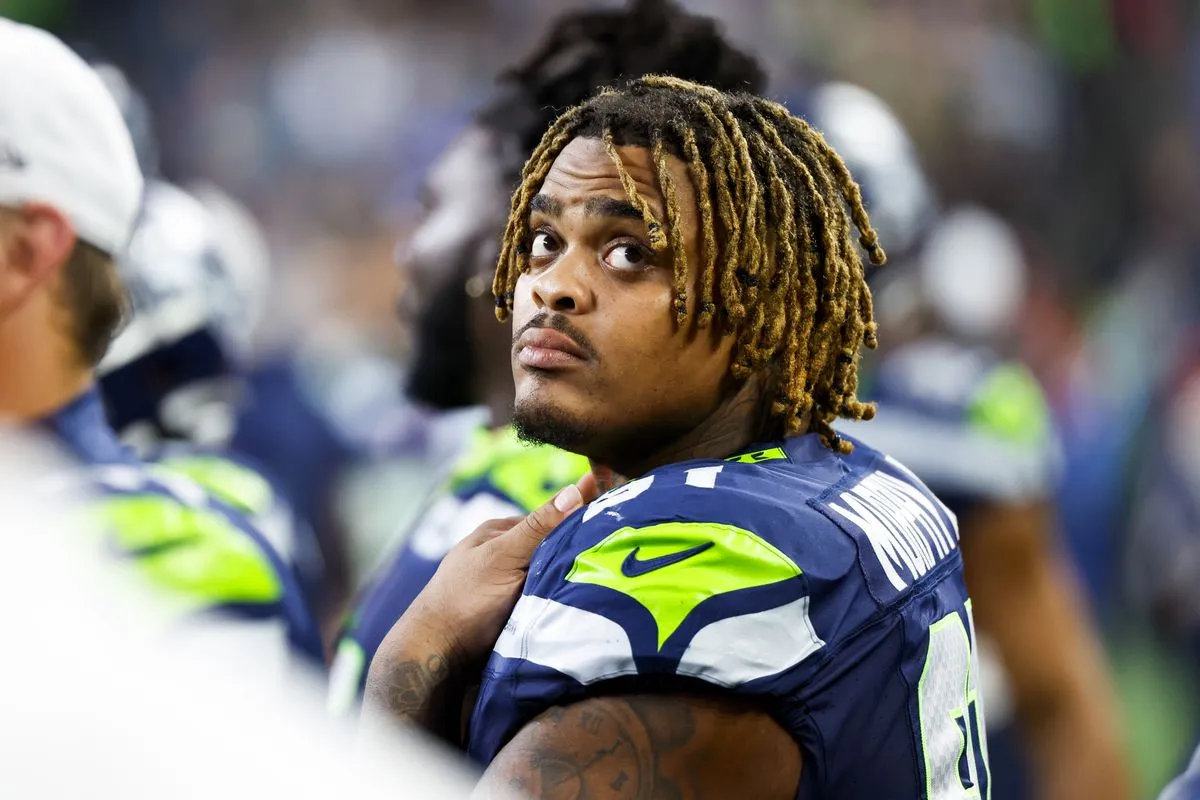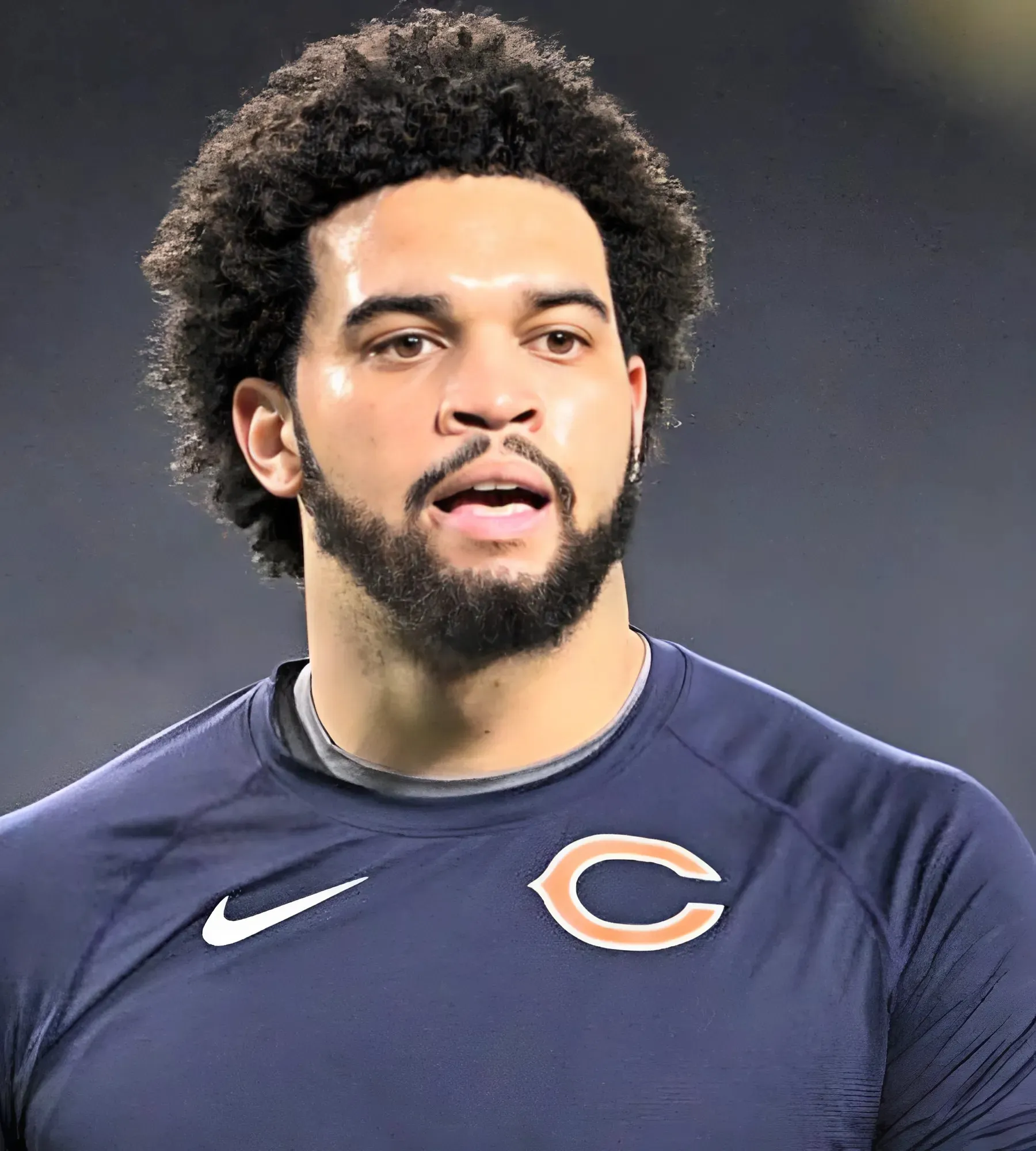Unless you’re reading an AI-generated article still scraping the worries of yesteryear, you won’t find many folks concerned about the Vancouver Canucks’ blueline for the 2025/26 season. It’s essentially the one area of the organization that is currently absent of any real question marks, so long as we keep our focus on the pending season entirely and don’t think too far into the future.
But just because there aren’t question marks doesn’t mean there aren’t questions.
As it stands, the Canucks have a rock solid collection of six defenders essentially guaranteed to make the roster in Quinn Hughes, Filip Hronek, Marcus Pettersson, Tyler Myers, Derek Forbort, and Elias Pettersson. On top of that, they’ll have their choice of two highly-regarded RD prospects in Tom Willander and Victor Mancini to fill out the rest of the roster. And if that’s not exciting enough, there are some other names of intrigue available, including Kirill Kudryavtsev and the newly-signed P-O Joseph.
One of the most obvious questions at hand is how the Canucks are going to arrange and deploy this D corps.
The well that the Canucks have drawn on most often in recent campaigns is that of the Hughes/Hronek pairing, and there’s plenty of logic to it. Hughes is over-and-above the team’s best defender, and he plays LD, and Hronek is pretty clearly the team’s second-best defender, and he plays RD. To boot, the two have demonstrable chemistry and enjoy playing together.
But with so many other options on the table, it’s fair enough to wonder if continuing with Hughes/Hronek is really the best path forward.
2024/25 D Pairing Results
Before we go making any declarations or decisions, let’s take a look at how the Canucks’ various pairings played together in 2024/25. These stats represent 5-on-5, and were compiled by MoneyPuck.
| Pairing | Minutes | Goals For – Against | Goals % | Expected Goals % |
| Forbort – Mancini | 104 | 3-0 | 100% | 38.3% |
| Hughes-Myers | 382 | 20-10 | 66.7% | 57% |
| M. Pettersson – Hronek | 148 | 13-7 | 65% | 49.1% |
| Hughes – Hronek | 608 | 31-30 | 50.8% | 55.6% |
| M. Pettersson – Myers | 286 | 10-10 | 50% | 47.1% |
| Forbort – Myers | 104 | 5-9 | 35.7% | 42.3% |
| Forbort – Hronek | 153 | 2-6 | 25% | 42.2% |
| E. Pettersson – Forbort | 87 | 1-3 | 25% | 32% |
| E. Pettersson – Hronek | 84 | 0-0 | 0% | 55.4% |
From Moneypuck. Note: Players no longer on the team (Soucy, Desharnais, Brännström, Juulsen have been removed from the chart.)
The results there are decidedly varied.
On the surface, the chart might suggest that Hughes and Hronek actually play better apart from one another, or at least that they did in 2024/25. Both the Hughes/Myers pairing and the M. Pettersson/Hronek pairing achieved decidedly better results in terms of goals for, and the Hughes/Myers pairing had a higher rate of expected goals – all, of course, amid a much smaller sample size.
Context is, as always, important here. It must be considered that, when all four were healthy, any splitting of the Hughes/Hronek pairing resulted in the toughest matchups being split up, too. In other words, the Hughes/Myers pairing could count on the M. Pettersson/Hronek pairing to pick up some of the tough minutes, and vice versa.
Then again, much of these pairings’ time together came when one or more D was out of the lineup with an injury. When Hronek missed time due to multiple injuries being treated at the same time, Hughes spent the bulk of that time with Myers. When Hughes himself exited the lineup later in the season, Hronek spent the bulk of that time with Pettersson.
Those results stand out as especially impressive, given the context.
On the flip side of that context, however, we must assume that, when paired together, Hughes and Hronek are facing the toughest deployments and matchups of any pairing. That comes with the territory of an ‘all eggs in one basket’ approach, and should naturally suppress their on-ice results a bit.
Thus, we’re not entirely comfortable saying that the Hughes/Myers and M. Pettersson/Hronek pairings played better together in 2024/25 than did Hughes/Hronek. Only that there was not nearly as much of a drop-off in performance as one might assume, and therefore plenty of reason to continue to explore the mixing of the top-four into 2025/26.
But there are other options on the table beyond a choice between Hughes/Hronek and M. Pettersson/Myers or Hughes/Myers and M. Pettersson/Hronek.
The recent and ongoing injection of youth onto the Vancouver blueline opens up further paths. Don’t get too caught up on the younger Elias Pettersson’s shoddy showing on the above chart. He was an NHL rookie playing his first big league games at a difficult time in the season, and no firm conclusions can be made about his statistical results – and certainly not any that would contradict his very positive ‘eye test.’
On top of that, given his youth, EP25 is the only player on the chart we can guarantee is going to steadily improve.
Willander and Mancini are of obvious intrigue and potential, too.
The ‘easy’ answer might be to rotate the three of them and Forbort, who has shown an ability to play either side, throughout the season. Of the four, it’d be one player on the left of the bottom pairing, one player on the right, one player in the pressbox (but not for too long a stint if it’s one of the youngsters), and one down in Abbotsford.
But then one also likes the option of pairing, say, Elias Pettersson with Hronek and Hughes with either Willander or Mancini. Then you’ve got your top future assets being directly mentored and insulated by your top defenders, and a strong veteran pairing of Marcus Pettersson and Myers to cover their backs.
Or maybe the team keeps Hughes and Hronek together – which is obviously going to be the case for at least some portions of the 2025/26 season – and goes with an E. Pettersson/Myers and M. Pettersson/Willander rotation for a while.
The possibilities really do seem endless, and the real difference between this set of blueline questions and those posed in previous seasons is that each of these potential paths seems like they could lead to reasonable expectations of success.
One factor we haven’t mentioned yet, but that will inevitably rear its ugly head, is that of injuries. When they hit, the versatility and moldability of the Canucks’ blueline should pay off even more. It’s one thing to be able to mix up the pairings when the coaching staff feels like it, but it’s another thing entirely to know that you’re able to when you absolutely have to due to injury.
Are Hughes and Hronek still going to play together in 2025/26? Of course they are, and probably plenty. But it’s increasingly becoming the case that the Canucks no longer have to rely on them as a pairing, and that’s undoubtedly a positive for the outlook of the blueline as a whole.



-1752826478-q80.webp)